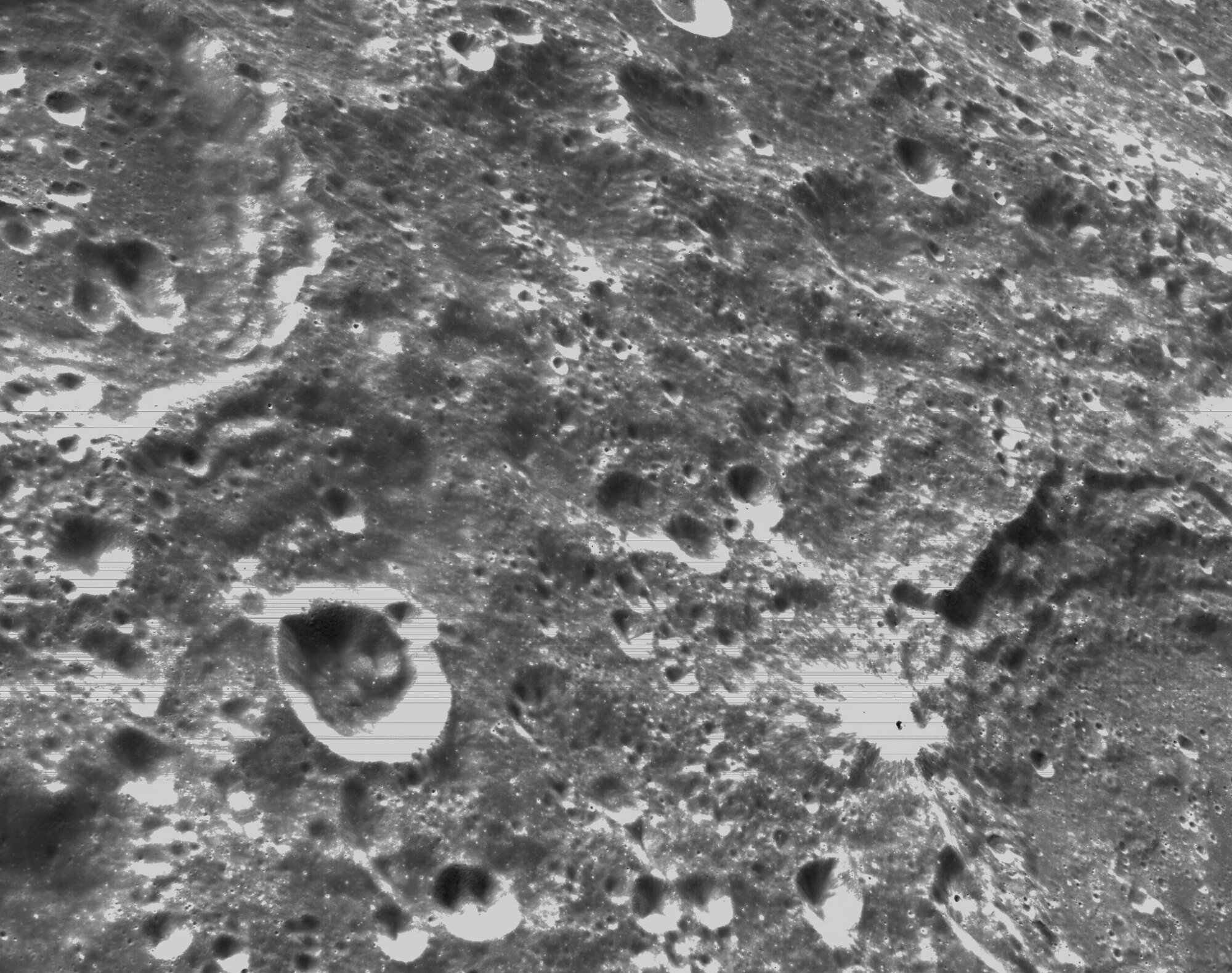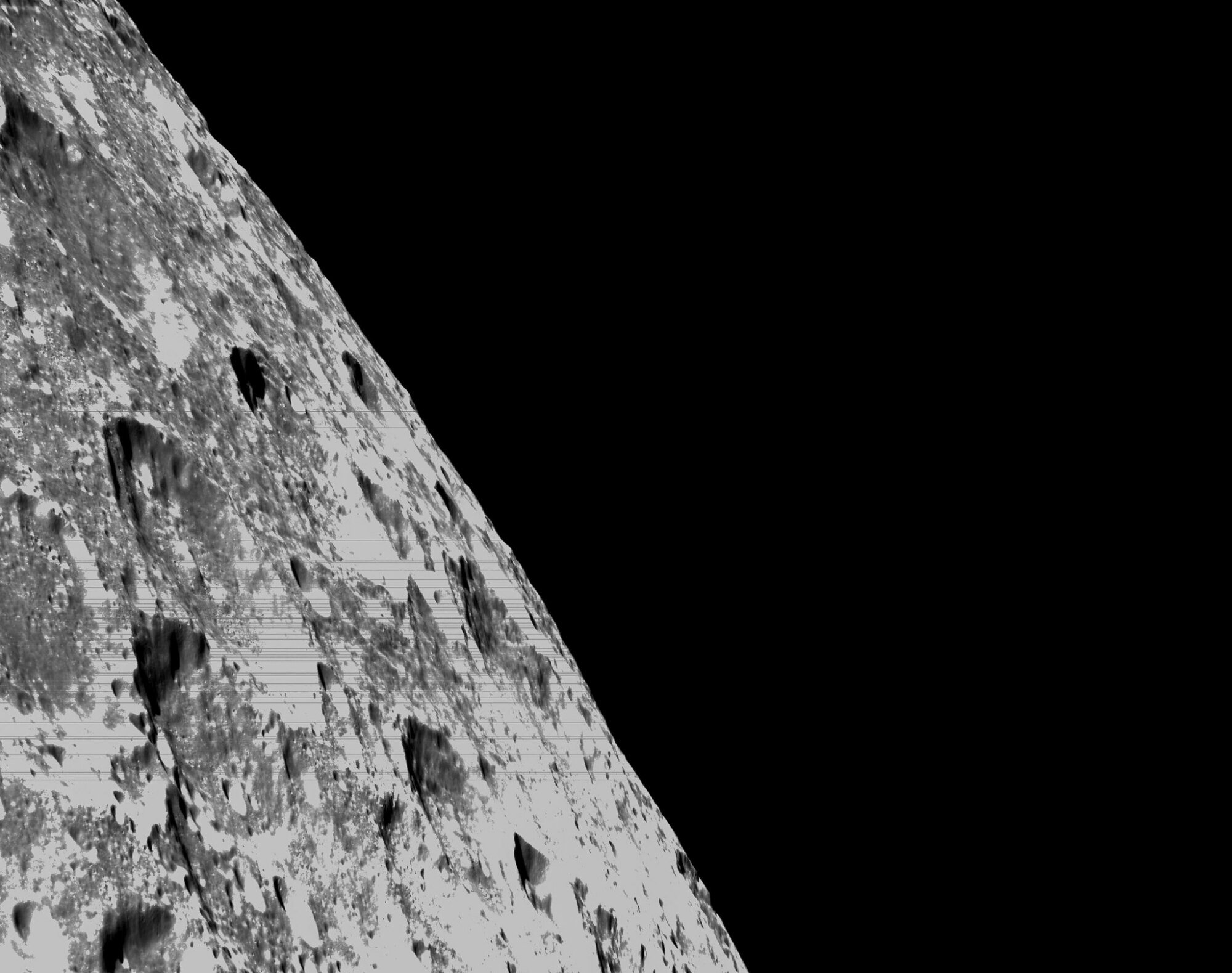
When a space rock slams into the moon, the impact crater often stays for billions of years, almost frozen in time.
That’s because, unlike Earth, our lunar satellite has no weather to wash away the collision, nor intense geologic activity to blanket the surface in new rock. NASA’s new Orion spacecraft — which is currently orbiting the moon on a crucial, uncrewed mission to test the capsule’s spaceflight abilities — recently captured detailed images of the moon’s deeply cratered ground. The space agency released these pictures from the Artemis I mission on Nov. 23.
NASA snapped the black and white images with the Orion capsule’s optical navigation camera, which engineers are testing for future moon flights. “Orion uses the optical navigation camera to capture imagery of the Earth and the Moon at different phases and distances, providing an enhanced body of data to certify its effectiveness under different lighting conditions as a way to help orient the spacecraft on future missions with crew,” NASA wrote online.
Orion captured some of these images from around 80 miles above the surface. Below are a few of the new pictures of the moon, a barren desert teeming with craters and hills. Crucially, NASA suspects some of the satellite’s craters contain bounties of water ice — a necessary resource for future deep space missions.

Credit: NASA

Credit: NASA

Credit: NASA

Credit: NASA
Want more science and tech news delivered straight to your inbox? Sign up for Mashable’s Top Stories newsletter today.
The Orion capsule, which will one day carry up to six astronauts, has some major benchmarks just ahead. On Friday evening, NASA will fire the spacecraft’s engines and send it into an orbit (called “distant retrograde orbit”) that will fling it some 50,000 miles beyond the moon. There, it will orbit the moon for over six days. Then Orion will again fire its engines to leave the moon’s gravity and travel back to Earth.
The uncrewed spacecraft is expected to splash down into the Pacific Ocean, off of San Diego, on Dec. 11. If the mission proves successful, astronauts may fly aboard Orion as early as 2024. And though the timeline is ambitious and will likely be pushed back, astronauts may again step foot on the lunar surface as soon as 2025.
This time, they’ll be looking to establish a permanent presence on the resource-rich moon. NASA wants to stay.
